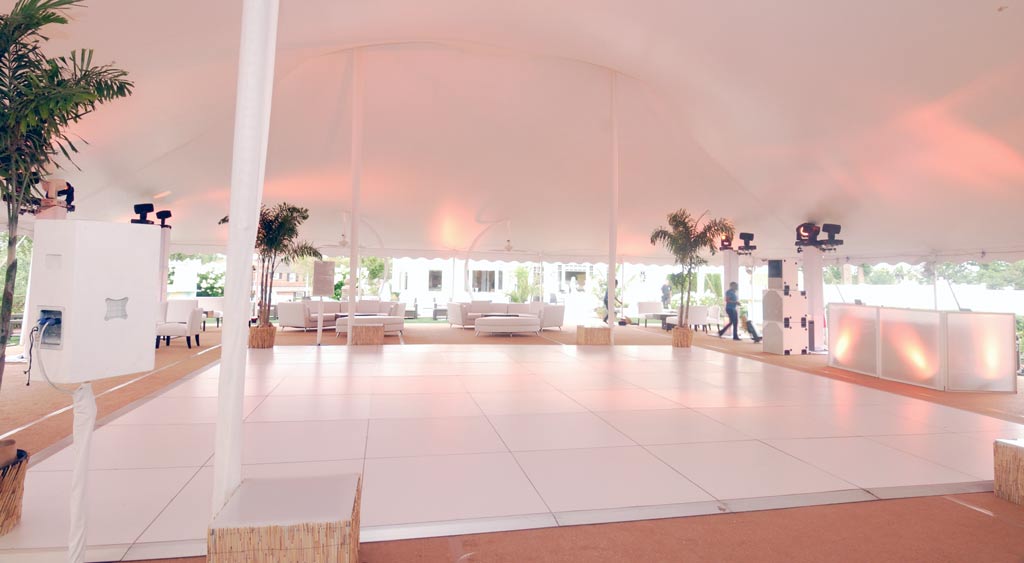Illuminating Movement and Feeling Through Innovative Illumination Concept on the Dance Floor
Wiki Article
Lighting architecture plays a vital role in enhancing the experience of dance shows and events. It is not just about lighting the area; it is about establishing an atmosphere that enhances the movement and feeling of the performers. Innovative lighting techniques can change a basic dance stage into a dynamic environment that engages the audience and amplifies the narrative aspect of the show. By using various types of lighting, creators can highlight particular movements, establish moods, and elicit feelings that resonate with the audience.

One of the essential elements of successful lighting design is the use of color. Different colors can invoke varied feelings and set the tone for a performance. For example, warm colors like crimson and orange can create a feeling of enthusiasm and vitality, while cooler colors like azure and emerald can evoke serenity and peace. By strategically placing colored lights around the dance floor, creators can guide the spectators' affective reaction and enhance the total effect of the show. This considerate use of color not only illuminates the dancers but also assists to narrate a story through visual means.
Another important aspect of lighting planning is the use of movement. Dynamic lighting can mimic the actions of the dancers, producing a visual rhythm that enhances the dance. For instance, lights can be set to alter intensity or direction in harmony with the dancers' movements, providing an additional layer of excitement to the performance. This coordination between light and motion can captivate the audience, making them feel more engaged to the performance. Additionally, dynamic lights can create designs and shapes on the dance floor, further improving the sight experience.
The positioning of lights is also essential in establishing an engaging environment. By using a combination of ceiling lights, focused lights, and floor-mounted fixtures, designers can establish dimension and dimension on the dance floor. This discover here layering of light can assist to define the space and attract attention to specific areas where the activity is happening place. For example, a spotlight can be used to focus on a individual dancer, while background lighting can fill the rest of the space, producing a differentiation that emphasizes the performance. This thoughtful setup of lights can guide the audience's attention and improve their understanding of the performance.
Finally, the integration of tech in lighting planning has opened up new possibilities for creativity and originality. Advanced lighting systems allow for precise control over hue, brightness, and motion, enabling designers to create intricate and vibrant sight effects. Configurable lighting can be coordinated with music and dance, leading in a seamless blend of audio and light that enhances the overall experience. As technology continues to evolve, the capability for creative lighting planning in dance shows will only grow, offering thrilling possibilities for creators and audiences alike.